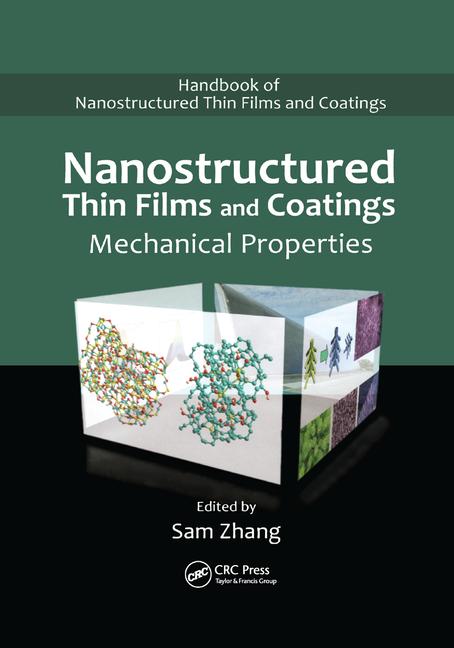Surface-Modified Nanoparticles Endow Coatings With Combined Properties

SAARBRÜCKEN, Germany - Fabricators and processors alike demand consistently high quality for their intermediate and final products. The properties of these goods usually also have to meet specific requirements. Particularly the surfaces of work pieces or moldings are expected to exhibit several different functions at once, depending on the industry. Robustness, unchanging appearance, mar resistance, impact resistance or UV stability may be required. Researchers at the INM – Leibniz Institute for New Materials in Saarbrücken, Germany, are using nanoparticles as design elements for such multifunctional coatings. These nanoparticles are specifically adapted to the particular application by Small Molecule Surface Modification (SMSM).
How this approach can be used to produce custom-tailored coatings was recently demonstrated by INM at the Hannover Fair on April 13-17, 2015.
Depending on what property is desired, the nanoparticles used can be surface modified with organic moieties. SMSM bestows specific combinations of desired properties, for example hydrophilic, hydrophobic, adhesive, anti-adhesive, acidic, basic, inert or polymerizable.
Nanoparticles thus modified are used to develop nanocomposites; they combine the physical solid-state properties of things such as ceramics or semiconductors with classic polymer-processing technology. Titanium dioxide, barium titanate, indium-tin oxide or zirconium dioxide, for instance, are used as nanoparticles. In addition to the chemical intrinsic composition of the nanoparticles and their SMSM surface treatment, the properties that are attainable for the desired coatings also vary with the size and dispersal mode of the nanoparticles.
INM’s composite systems are produced via wet-chemical processes. The modified nanoparticles and additives combine with a polymer matrix (an epoxy resin, an acrylate, a polyimide for example) or a hybrid matrix (organic-inorganic) to produce a coatable nanomer® composite system.
“The modular principle makes it possible to achieve a number of properties at one and the same time in one material,” explains Carsten Becker-Willinger, head of the program division Nanomers. “It helps us to respond in a highly systematic way to the different needs of industry,” the chemist explained in summarizing the potential of nanocomposite technology.
INM conducts research and development to create new materials. Chemists, physicists, biologists, materials scientists and engineers team up to focus on these essential questions: Which material properties are new, how can they be investigated and how can they be tailored for industrial applications in the future? Four research thrusts determine the current developments at INM: New materials for energy application, new concepts for medical surfaces, new surface materials for tribological systems and nano-safety and nano-bio. Research at INM is performed in three fields: Nanocomposite Technology, Interface Materials and Bio Interfaces.
INM – Leibniz Institute for New Materials, situated in Saarbrücken, Germany, is an internationally leading center for materials research. It is an institute of the Leibniz Association and has about 210 employees.
Looking for a reprint of this article?
From high-res PDFs to custom plaques, order your copy today!







